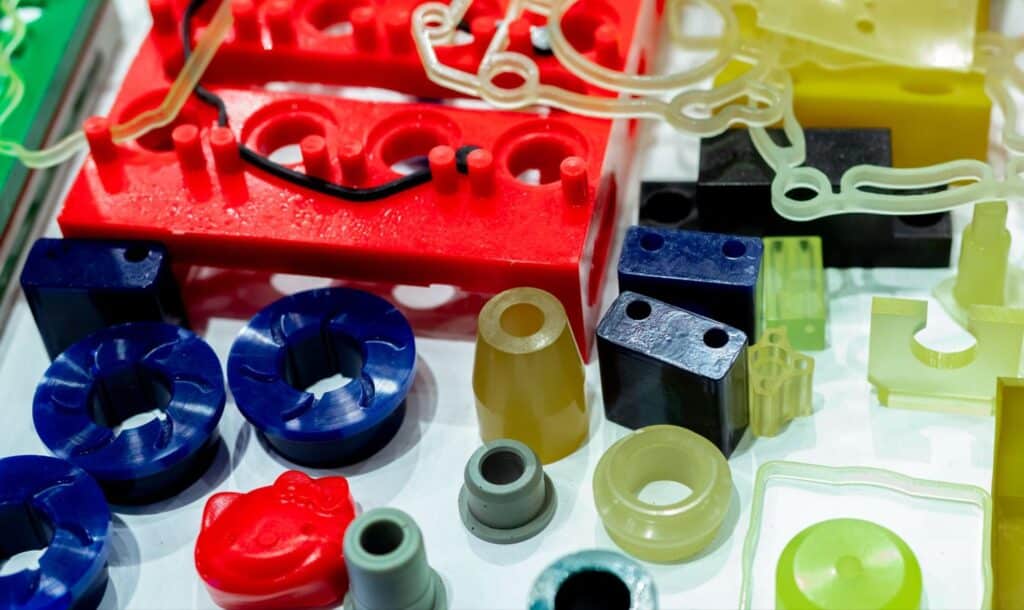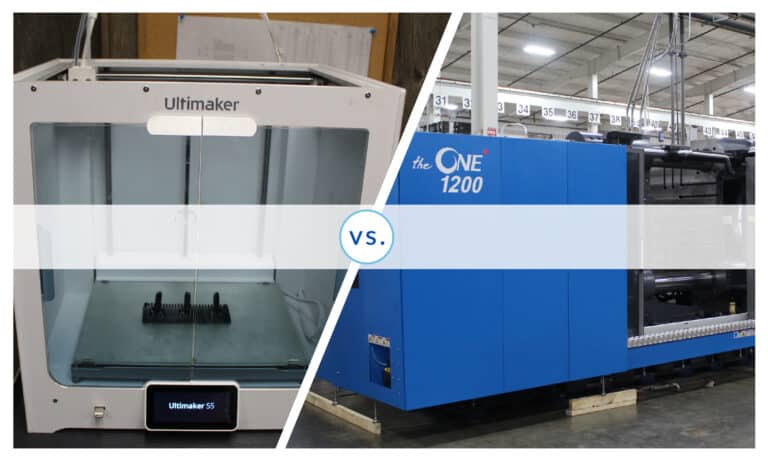
Pioneer Plastics Announced as Pizza Hut STAR Supplier of the Year
DIXON, Kentucky – Pioneer Plastics has been named Pizza Hut’s STAR Award recipient for Overall Supplier of the Year, as well as Equipment/Smallwares Supplier of

Understanding the injection molding materials used in production is fundamental to creating high-quality, durable, and functional plastic products. The selection of the right resin influences a product’s performance, appearance, and cost-effectiveness throughout manufacturing. Whether you’re developing a food-safe container or specialized industrial components, each injection molding material offers unique properties that cater to specific applications.
Materials such as ABS (Acrylonitrile Butadiene Styrene), polypropylene (PP), and polycarbonate (PC) are among the most popular choices in the industry. These plastics deliver versatility in performance, addressing needs such as strength, flexibility, transparency, or heat resistance. At Pioneer Plastics—a seasoned injection molding company with over 40 years of experience—engineers work closely with clients to select the most suitable materials for their projects by taking factors like cost and performance into account.
This guide explores some of the most common injection molding materials by detailing their key characteristics, advantages, challenges, and practical applications. By the end, you’ll gain valuable insights that can help optimize your product design and manufacturing strategies.
Success in injection molding starts with understanding the critical attributes of each material. The following characteristics are essential when choosing a resin:
Materials must withstand stress and heavy loads to ensure longevity. Particularly for structural components, maintaining material integrity under pressure is paramount.
High impact tolerance is crucial for products subject to drops or rough handling, making certain plastics—such as ABS—ideal for protective cases or display items.
Depending on the application, materials may need to be flexible for items like storage solutions or rigid for structural components. Balancing these properties is key to achieving the desired performance.
Products exposed to elevated temperatures require materials that retain strength and shape under stress. Attributes such as heat deflection temperature and melt flow index are important metrics for performance both during processing and in final use.
For items like food containers or industrial packaging, chemical stability is essential for maintaining performance when exposed to acids, bases, or cleaning agents. Ensuring compatibility with specific chemicals can significantly influence a product’s longevity in specialized environments.
With sustainability in focus, recyclable and environmentally friendly materials have gained prominence. Manufacturers are increasingly exploring biodegradable options or resins derived from recycled materials to balance performance with environmental responsibility. Many organizations now follow sustainable manufacturing practices to reduce waste and energy usage.
Balancing these properties often requires trade-offs. For example, a high-strength material might be more costly, while a more economical option might offer less chemical resistance. Expert consultation, as provided by Pioneer Plastics, is essential for matching material properties with project goals.
Injection molding relies heavily on selecting the appropriate materials to ensure product quality and performance. Among the vast array of plastics available, three standout materials have become staples in the industry due to their versatile properties and widespread applications. Below is an overview of these prominent choices, setting the stage for a deeper dive into their specific characteristics in the following sections:
Each of these materials offers distinct advantages aligned with different manufacturing needs and consumer expectations. In the subsequent sections, we will explore their detailed properties, benefits, and the potential challenges when using ABS, PP, and PC in injection molding.
Acrylonitrile Butadiene Styrene (ABS) is one of the most versatile thermoplastics available for injection molding. Known for its durability, impact resistance, and ease of processing, ABS is ideal for projects that demand both strength and a refined appearance.
ABS is widely used in consumer goods, automotive parts, and toys. Its strength and appearance make it suitable for applications requiring both durability and aesthetic appeal. In addition, ABS is also used to create household appliances, power tool housings, and protective covers for electronic devices.
ABS is cost-efficient for mid- to high-volume production and supports a variety of finishes and colors. However, it can be prone to UV degradation in outdoor environments and may not be suitable for extremely high-temperature applications. Its properties generally make it the material of choice when both aesthetic quality and mechanical resilience are required.
Polypropylene (PP) is valued for its versatility and cost-effectiveness. Its resistance to chemicals and moisture, along with its lightweight nature, makes it a popular option for consumer and industrial applications.
PP is frequently used to create food-safe containers, industrial packaging, and reusable consumer products such as water bottles and storage bins. Its suitability for high-volume production and efficient molding processes makes it an excellent candidate for cost-effective manufacturing.
While PP is economical and can be molded into complex shapes, its relative softness may be a drawback for applications demanding high rigidity. UV exposure can also affect its durability unless stabilized with additives. Nevertheless, its adaptability supports widespread use across many sectors.
In practical application, PP often features in organizational bins, pantry containers, and various household items that require repeated handling or cleaning. For instance, plastic tubs used in restaurants or cafeterias leverage PP’s resistance to moisture and food-related chemicals, helping them maintain structural integrity over long periods. This characteristic also extends to transportation pallets or large storage drums, where PP’s lightness can reduce overall shipping costs. Manufacturers often find that PP’s ease of processing and good mold flow make it well-suited for short-run or custom projects, where quick turnaround times are a priority.
Polycarbonate is renowned as a premium engineering plastic, prized for its high strength, excellent impact resistance, and superior optical clarity. These features make it particularly suited for applications where durability and a clear finish are essential.
Polycarbonate is often used in protective equipment, electronic housings, and specialized transparent products. Its robust attributes make it a leading choice for applications where both strength and clarity are critical.
Although PC offers impressive durability, its cost can be a concern for projects on a tight budget. In addition, precise processing—such as thorough drying of resin—ensures consistent product quality by mitigating stress cracking.
Beyond ABS, PP, and PC, several advanced engineering-grade plastics are central to modern injection molding, including Nylon (PA), PET (Polyethylene Terephthalate), and PVC (Polyvinyl Chloride).
Nylon is celebrated for its excellent wear resistance and toughness, making it suitable for mechanical parts under continuous friction. It is widely used in automotive components and industrial gear systems.
With its inherent safety and clarity, PET is commonly found in food and beverage packaging. Its chemical stability and moisture resistance meet stringent hygiene standards while also supporting recycling initiatives.
PVC (Polyvinyl Chloride)
PVC is noted for its durability under extreme conditions. It can be formulated into both rigid and flexible varieties, enabling use in pipes, medical devices, and insulation materials.
Material selection among these advanced options depends on temperature requirements, chemical exposure, friction, and environmental conditions. Expert guidance is essential to leverage these specialized materials effectively. In many cases, design teams weigh trade-offs between factors like tensile strength, brittleness at low temperatures, and tolerance for repeated sterilization cycles. Advanced plastics can also command higher costs, so strategic use of these resins often focuses on applications that justify the investment, such as mission-critical or safety-related components. By balancing life-cycle benefits against the upfront expense, product teams can tap the full potential of engineering-grade plastics.
Beyond base polymers, additives help enhance injection molding material performance. Plasticizers, stabilizers, and flame retardants are blended into resins to meet specific requirements.
By carefully selecting and adjusting additive concentrations, manufacturers can customize material performance to unique end-use requirements. This underscores the importance of expert support from design to production. Testing these blends under real-world conditions, such as extreme temperatures or intense light exposure, is essential to verify that the final product meets all functional and regulatory standards.
As technology advances, the ways in which manufacturers approach injection molding continue to evolve. Tools such as 3D printing, simulation software, and real-time process monitoring are reshaping manufacturing capabilities.
Digital simulation allows engineers to anticipate material behavior under different conditions, reducing rework and material waste. This preemptive approach boosts efficiency and product quality.
Demand for greener materials is pushing research into bio-based plastics and biodegradable resins. These newer materials aim to lessen environmental impact while still meeting rigorous performance requirements.
Advancements in prototyping and digital mold-making support efficient short-run production. This flexibility lets manufacturers quickly address market shifts or unique product specifications without the extended lead times historically associated with injection molding.

High-quality standards are upheld through comprehensive inspections, from visual checks to automated dimensional analyses. Continuous improvement practices, such as ongoing reviews of process efficiency and product performance, refine both material choices and molding techniques. This dedication ensures dependable results across any scale of production.
At Pioneer Plastics, quality control extends throughout the entire lifecycle of a product, starting from the initial material sample tests all the way to final assembly. Each phase is carefully monitored to spot potential weaknesses, ensuring that refinements in design, tooling, or processing can be made before full-scale production. By emphasizing robust quality checks, manufacturers can minimize rework, reduce waste, and maintain strong customer satisfaction.
At Pioneer Plastics, choosing the right material is more than picking a resin—it’s about delivering a complete solution. Backed by decades of industry experience, their team guides clients from initial concept through final production, ensuring each resin is optimized for its proposed application. In-house tool-building and rapid prototyping enable swift modifications for both short-run prototypes and high-volume orders.
Pioneer Plastics’ state-of-the-art injection molding facility offers high-precision, computerized equipment capable of producing detailed components with ease. Their manufacturing process includes comprehensive quality checks, ensuring that each product meets or exceeds industry standards. From design to assembly, Pioneer Plastics’ expert team manages every step of the process, delivering a quality product that meets all performance expectations.
Injection molding materials play a central role in a product’s success, influencing performance, durability, and cost. From ABS and polypropylene to polycarbonate and other engineering-grade plastics, each option brings distinct strengths and constraints. Making well-informed choices, backed by professional guidance, is critical for achieving high-quality outcomes.
By partnering with Pioneer Plastics, businesses gain comprehensive support in tailoring materials to specific goals. Their approach minimizes risk and boosts product performance, meeting rigorous industry standards. For expert consultation on injection molding materials, tooling, or engineering services, contact Pioneer Plastics today.
The information provided in this content is for general informational purposes only and should not be considered professional advice. It is advisable to consult with a qualified industry professional before taking any action based on this information. The team at Pioneer Plastics is here to assist you with any questions you may have.

DIXON, Kentucky – Pioneer Plastics has been named Pizza Hut’s STAR Award recipient for Overall Supplier of the Year, as well as Equipment/Smallwares Supplier of

In the world of manufacturing, product designers and entrepreneurs are constantly seeking innovative and cost-effective methods to produce high-quality components. When selecting a manufacturing process,

Custom plastic injection molding is an ideal solution for producing high-quality, complex parts in large volumes. If you’re considering a plastic part or mold for
